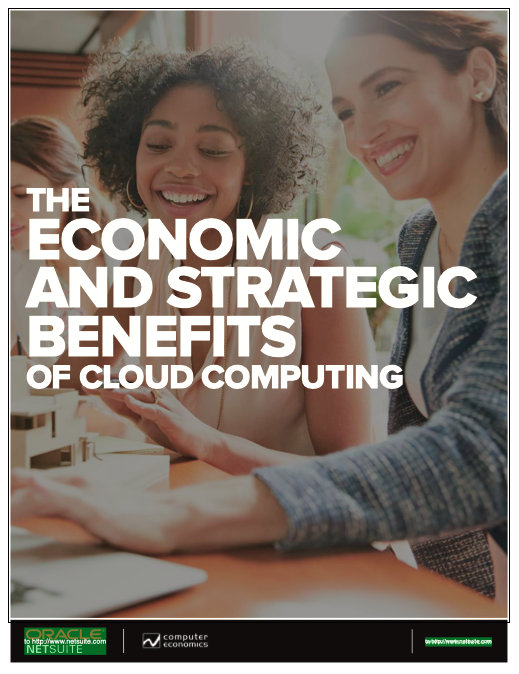Does SaaS save money? Traditional vendors of IT products and services sometimes argue that systems deployed on-premise are more cost-effective over the long run than their cloud-based counterparts. They claim that while licensed software may have higher acquisition costs, they are amortized over a fixed time period in contrast to Software-as-a-Service or SaaS, subscription fees, which continue for the life of the offering in the form of recurring per-user fees.
Cloud providers, on the other hand, argue that the upfront savings are significant and that, in any event, the real benefits of SaaS are not in direct cost savings but in the strategic advantages that the cloud brings to the organization.
Which side is correct? The answer is not an academic exercise. For organizations to make intelligent decisions regarding the cloud, it is important to understand the relative costs of SaaS vs. on-premise systems.
Based on our survey of organizations that have fully or largely migrated to the cloud, we find that such organizations save on average more than 20% in IT spending as a percentage of revenue. Savings measured on a per-user basis are 16%. Savings come not only from a reduction in data center spending, but also from lower IT personnel costs. Moreover, because the cloud reduces the effort needed for ongoing support, cloud users are able to devote a higher percentage of their IT spending to new initiatives. The cost savings, combined with strategic benefits in speed, scalability and agility, argue in favor of organizations moving aggressively to the cloud.
In this report, we describe the 13 respondents to our survey in terms of their industries and cloud portfolios. We then compare their high- level IT spending metrics against our standard industry benchmarks, document the savings they achieved, analyze their spending line items and substantiate their greater spending on innovation as opposed to ongoing support. We then outline the strategic benefits of cloud computing beyond cost savings, supported by feedback from the respondents. We conclude this study with recommendations on developing a strategic road map for full migration to the cloud.
